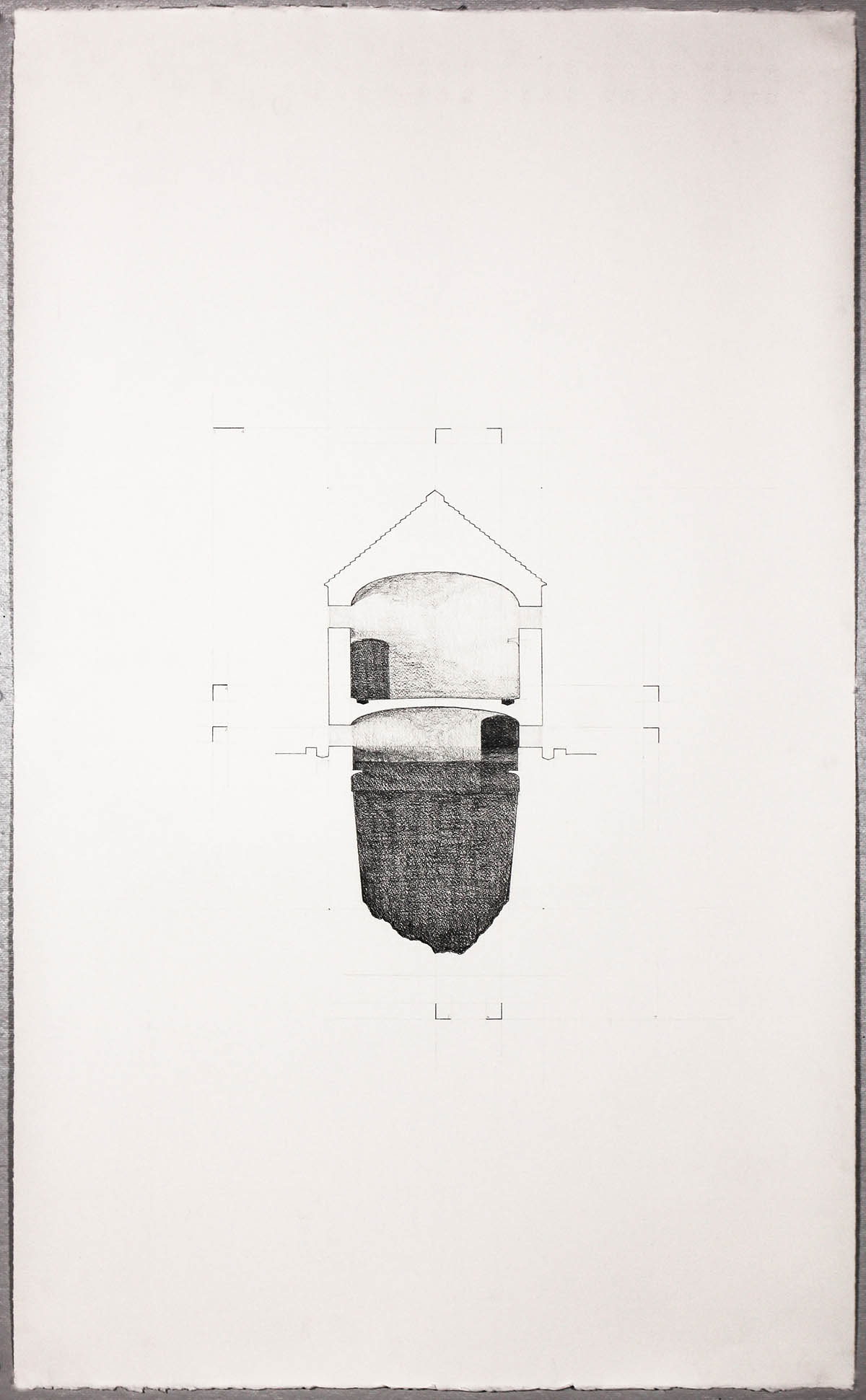UTOPIA/DYSTOPIA: Living Post-Work
Today, at an unprecedented rate, new technologies and global networks (underground, in space, in the cloud) are transforming the ways in which we understand and consume visible and invisible infrastructures that shape our societies. Seamless and technologically connected living has resulted in the collapse of distance and time and the rapid exchange of information which develop alongside buildings at an altogether different pace. The rich and productive friction generated from these syncopated lifespans is disrupted, however, by global and environmental crises, political conflicts, and a dire sense of collective anxiety. And so, in true utopian and dystopian architectural fashion, we take on these troubled times to project our hopes and fears into a fast-approaching future 30 years from now, in the year 2048.
This studio critically reimagines the organizational forces of the built environment in a future where the structures that define our lives today – labor, education, leisure, dwelling – may look radically different. As new technologies and automation continue to reshape our environments, various forms of labor become increasingly displaced and/or obsolete. This phenomenon could challenge current work ethics to produce a world with little to no work, a post-work era. By considering factors that inform architecture, from its embroilment in volatile political economy, to accelerating shifts in technological and cultural landscapes, we ask: what is the role of the constructed environment? How can we express a commitment to living and working together through architectural means?
Framingham, Massachusetts stands out as a site of investigation precisely because it doesn’t: an inconspicuous suburb in proximity to the city of Boston and a limited beneficiary of its urbanity. It is also the home of the Dennison Manufacturing Company building complex, a former manufacturer of consumer paper products, already a repurposed architecture of post-work and the site for our studio.
The semester will begin with an analysis and composite representations of the site conditions, current and projective. The students will then engage in an exercise in “world-making,” a research-based investigation where the student is expected to situate a specific narrative and outline a program based on the notion of post-work society within a utopic/dystopic architectural imaginary and specific to the given site(s). This will become the framework for the student’s architectural project throughout the course of the semester. The remainder of the semester will focus on synthesizing and digesting this aggregated information to further develop a complete design – of a building or system of buildings in a typology of their choice – that is both critical and tangible.
This course has an irregular meeting schedule.
Annabelle Selldorf will be in residence on August 30 and 31, September 13, 14, 27, and 28, October 11, 12, 25, and 26, November 8, 9, 29, and 30, and December 10, 11, or 12 for Final Reviews.
The instructor will also be available via Skype to account for “off-week” missed time.
Projects
-
Maison Héroine
Annabelle Selldorf, Instructor
Fall 2018
-

A Monastery in Framingham
Fall 2018